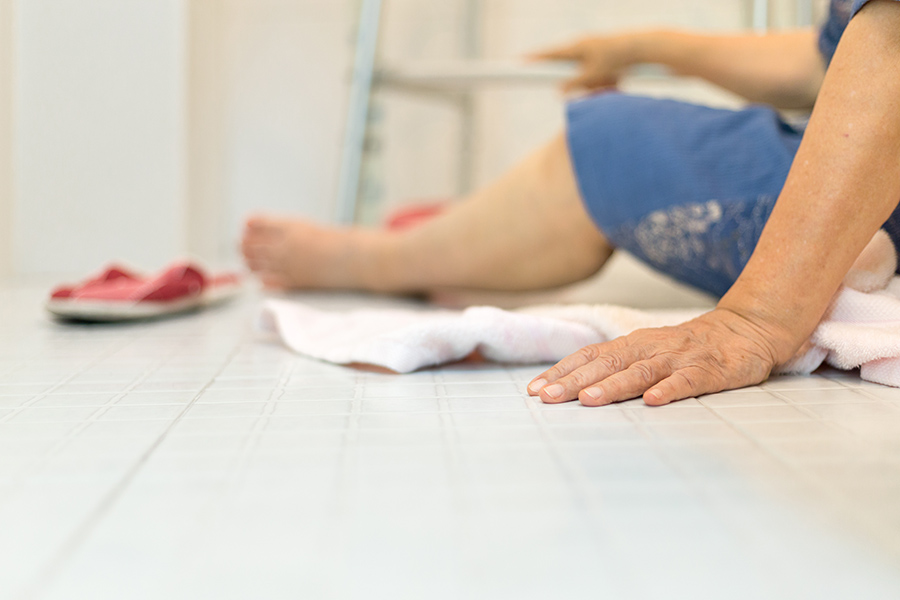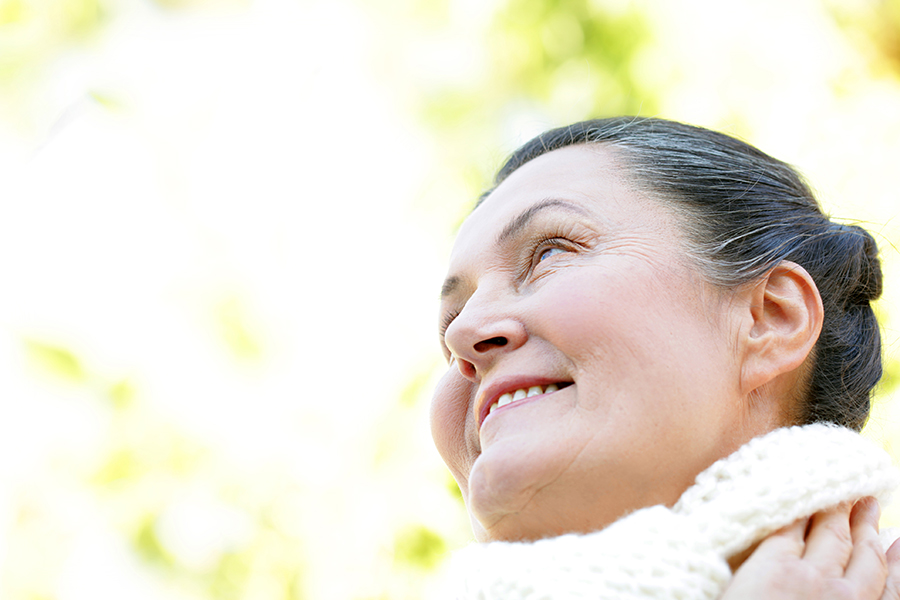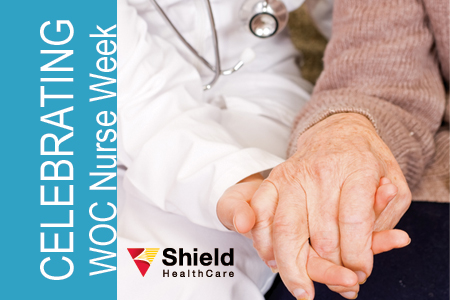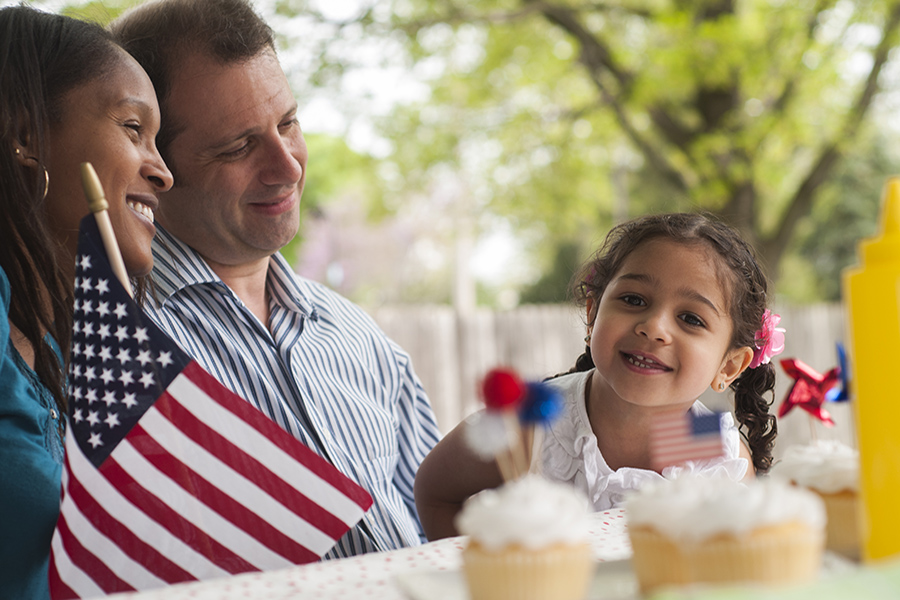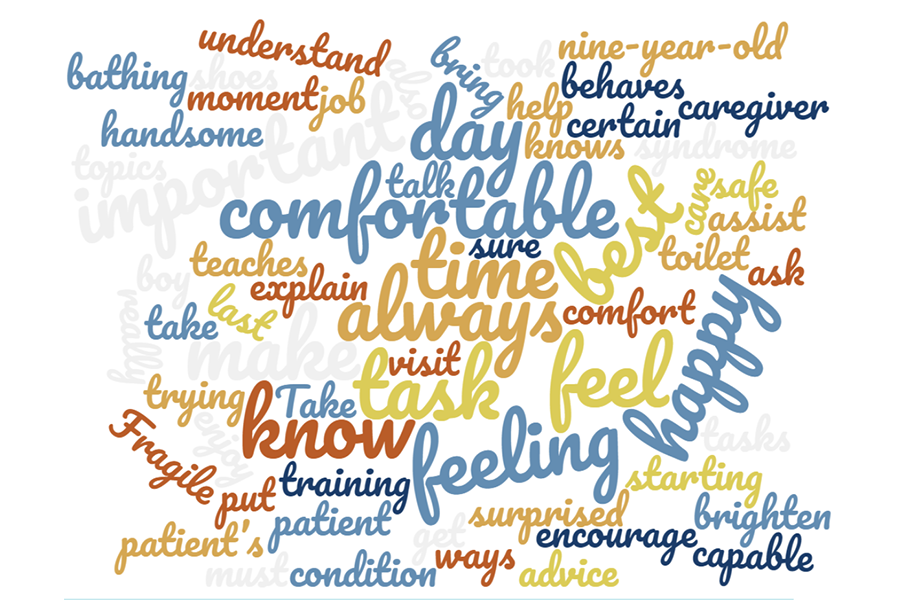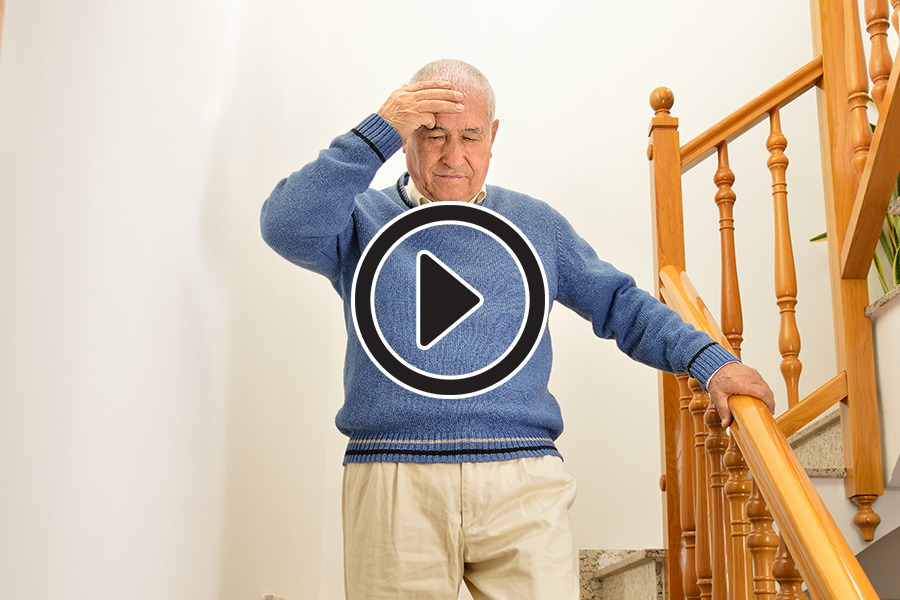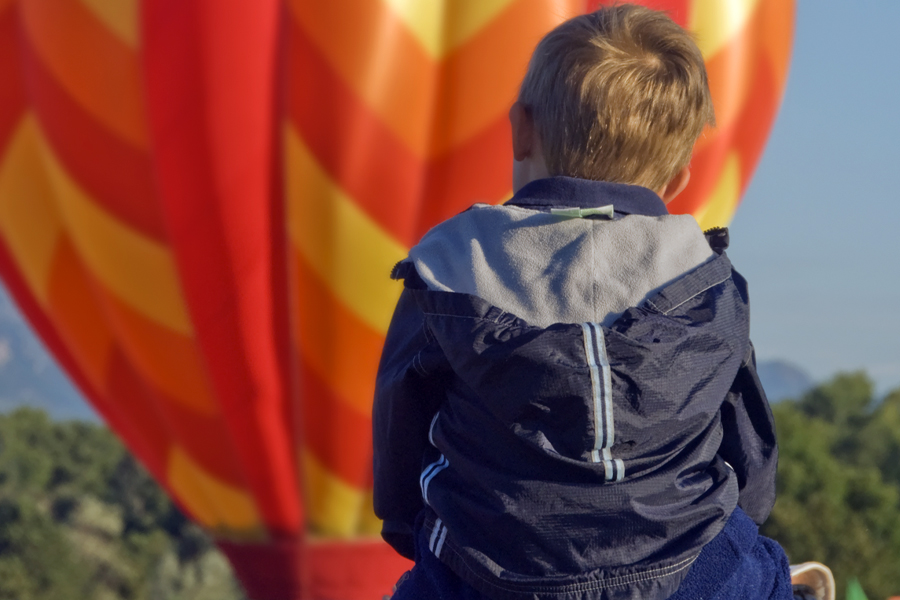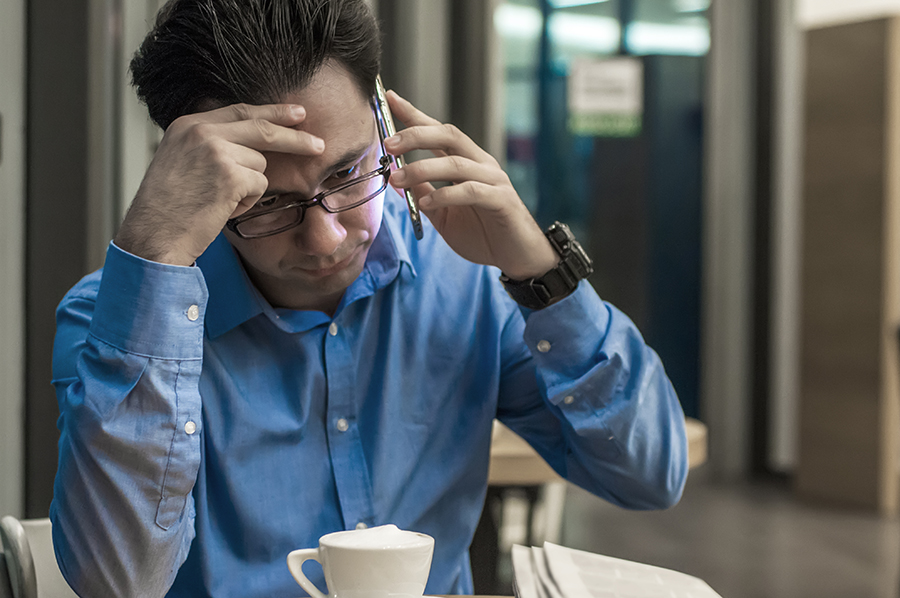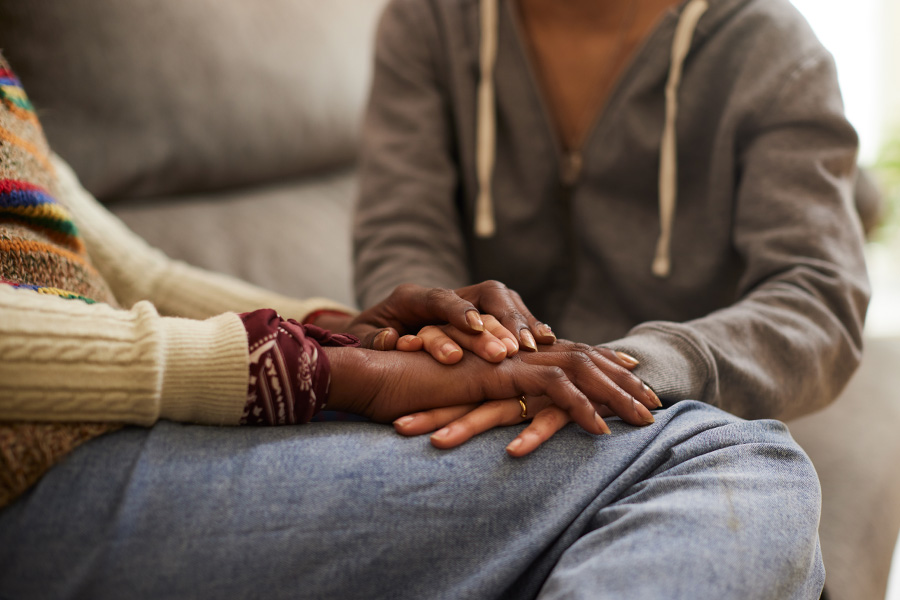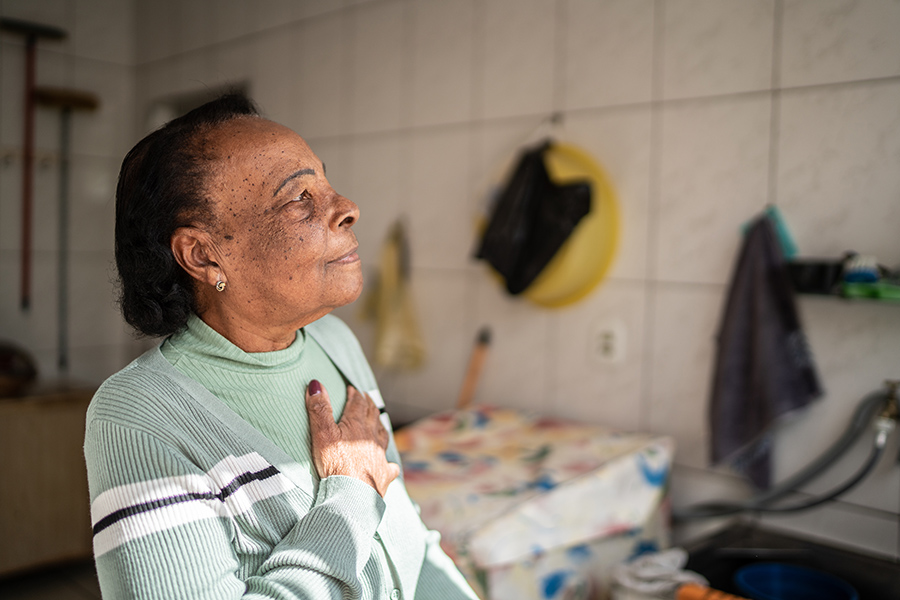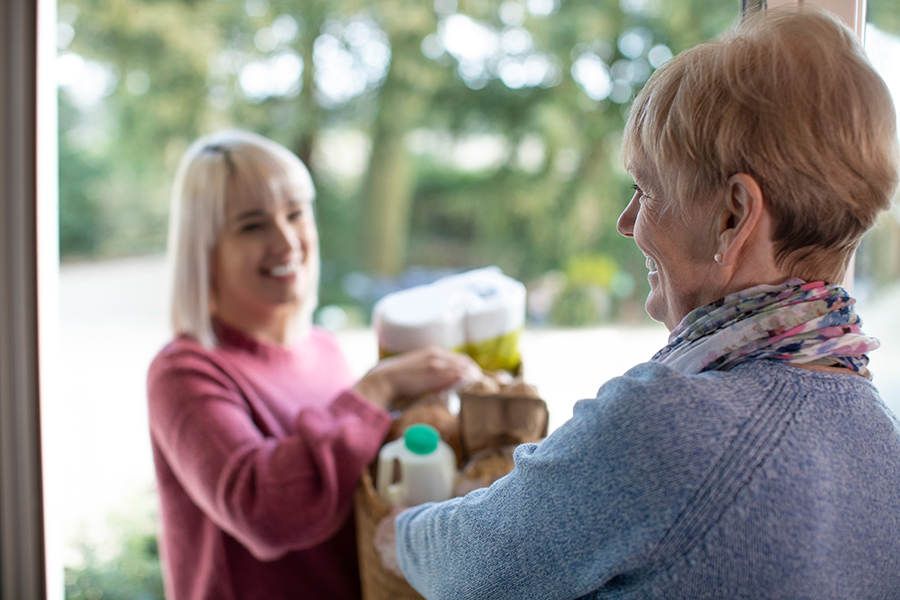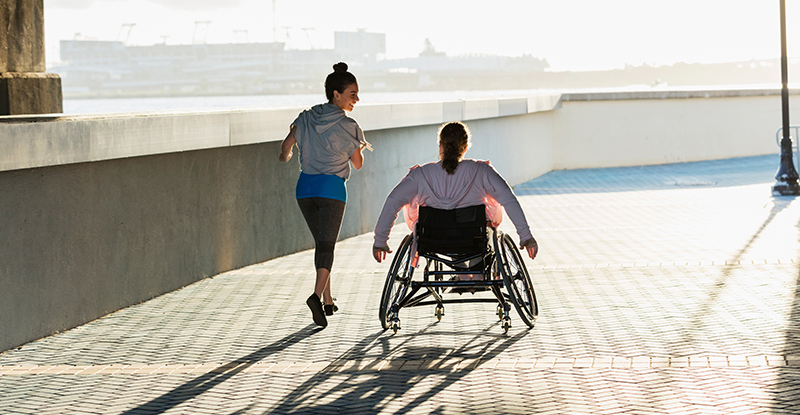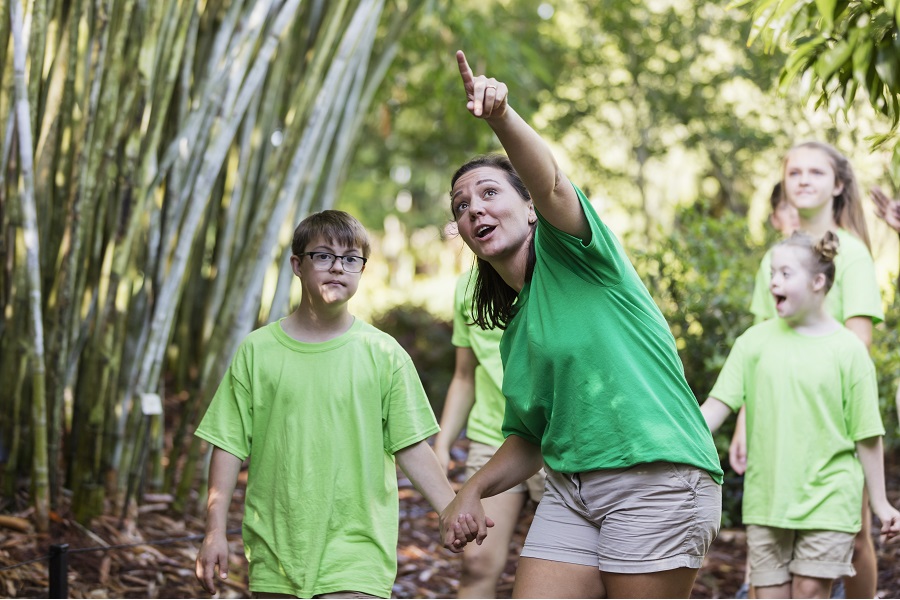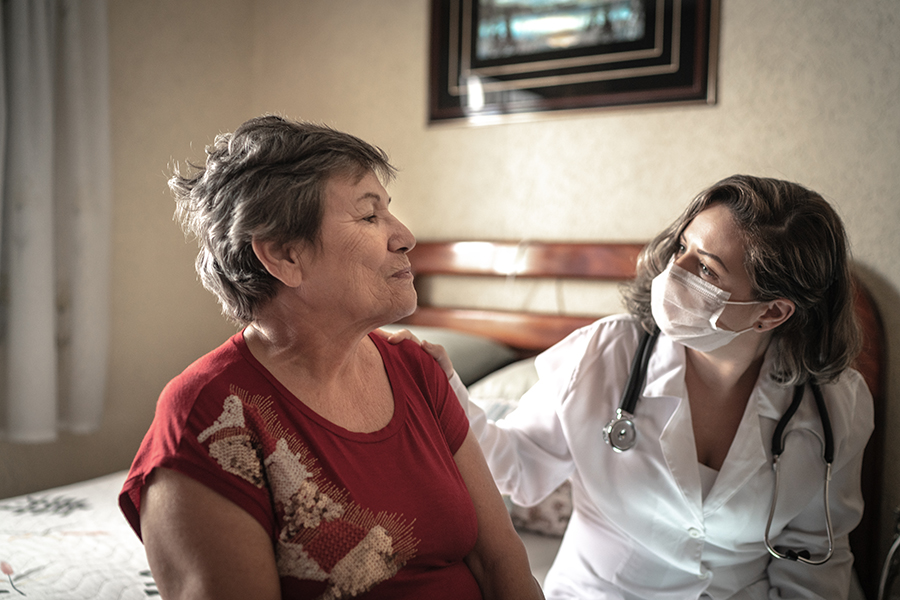As we grow older, we all become more prone to falling. Among older adults, one out of five falls causes a serious injury. Causes may include physical reasons such as strength/dexterity, side effects of medications, health issues such as rushing to the bathroom during an incontinence episode, or clutter around the house. There are many ways to prevent falls, but the six simplest strategies are outlined below:
Strategies to Reduce Fall Risk:
-
Make appointments with your doctor and prepare to answer questions.
- What medications are you taking?
- Make a list of them, or bring them to your appointment. The doctor can review your medications with you for side effects that could increase your likelihood to fall.
- Have you fallen before?
- Record any details of recent falls you have had, no matter what caused them. Your doctor may be able to identify specific fall prevention strategies for you that are compatible with your lifestyle.
- Could your health conditions cause you to fall?
- Certain types of eye or ear disorders can increase your chances of falling. Rushing to the toilet to avoid an incontinence episode is also a common cause of falls. Your doctor may ask questions about your sight, hearing and bathroom habits, as well as evaluate your strength, balance and gait.
- Is your home environment adding to your fall risk?
- Loose rugs, clutter in high-traffic areas, and dim lighting can all contribute to falls.
- What medications are you taking?
-
Stay active.
- Staying active can reduce your risk of falls because it will improve your strength, balance, coordination and flexibility.
- Your doctor may also recommend seeing a physical therapist who will create a customized exercise and movement program focused on improving your balance, flexibility and strength.
-
Wear smart shoes.
- Wear properly fitted and sensible shoes to prevent slipping, skidding or stumbling. This goes for indoors as well! If you prefer to go barefoot or wear socks around your home, consider a pair of well-fitting indoor slippers with rubber soles.
-
Remove household hazards.
- Remove boxes, newspapers, electrical cords and phone cords from walkways.
- Move coffee tables, magazine racks and potted plants from walkways.
- Secure rugs with tacks, double sided tape, or velcro.
- Repair loose flooring and carpet.
- Clean spills immediately.
- Store clothing/food/dishes/cleaning supplies etc. within reaching distance. Avoid storing everyday items in cupboards out of reach.
-
Lighten up.
- Keep your house illuminated with:
- Lamps in each room
- Well-lit stairwells, including any outdoor stairs
- Nightlights (particularly between bedroom and bathroom for nighttime trips)
- Flashlights
- Keep your house illuminated with:
-
Use assistance devices.
- Canes/walkers
- Handrail on stairs
- Nonslip grip on stair edges
- Nonslip material on hardwood floors
- Nonslip mats in bathtubs
- Raised toilet seat with armrests
- Bath seat for sitting when showering
- Handheld shower nozzle
Related Article: Fall Risk Checklist for Caregivers
Tips for Caregivers to Help Prevent Falls:
- Ask if your loved one is scared of falling or knows of the consequences if (s)he does fall. Some elderly people may recognize that falling is a risk but don’t believe that it’ll ever happen to them. Avoidance is key!
- Encourage a conversation about his/her current health conditions and how they might contribute to falls..
- Ask when your loved one had their most recent eye checkup. Make sure their glasses prescription is current.
- Observe if she is struggling to walk or stand by herself. If she is struggling, suggest trying a walking aid, such as a cane, walking stick or walker.
- Discuss his medications. Is he remembering to take them?
- Do a safety assessment of your loved one’s home.
- Keep these three factors in mind:
- Lighting: Increase lighting throughout the house. Add lamps where needed, and try increasing lightbulb wattage in common areas. Make lighting easily available for someone who gets up in the middle of the night.
- Stairs: Ensure there are handrails on at least one side of the stairwell. If possible, put handrails on both sides so that your loved one can hold on with their dominant hand in both directions.
- Bathrooms: Install handrails or grips in the bathtub and near the toilet. Invest in a handheld shower nozzle and a bath seat so (s)he can shower while sitting.
- Keep these three factors in mind:
Related Article: How to Help a Loved One after Falling
Falling is a huge hazard for seniors, but falls are not a normal part of aging – they can be prevented. Below are links to additional information regarding falling and safety precautions.
- Falls Prevention
- Top 12 Fall Prevention Tips from Professional Caregivers
- CDC: Older Adult Fall Prevention
- STEADI (Stopping Elderly Accidents, Deaths & Injuries) resources
Sources:





